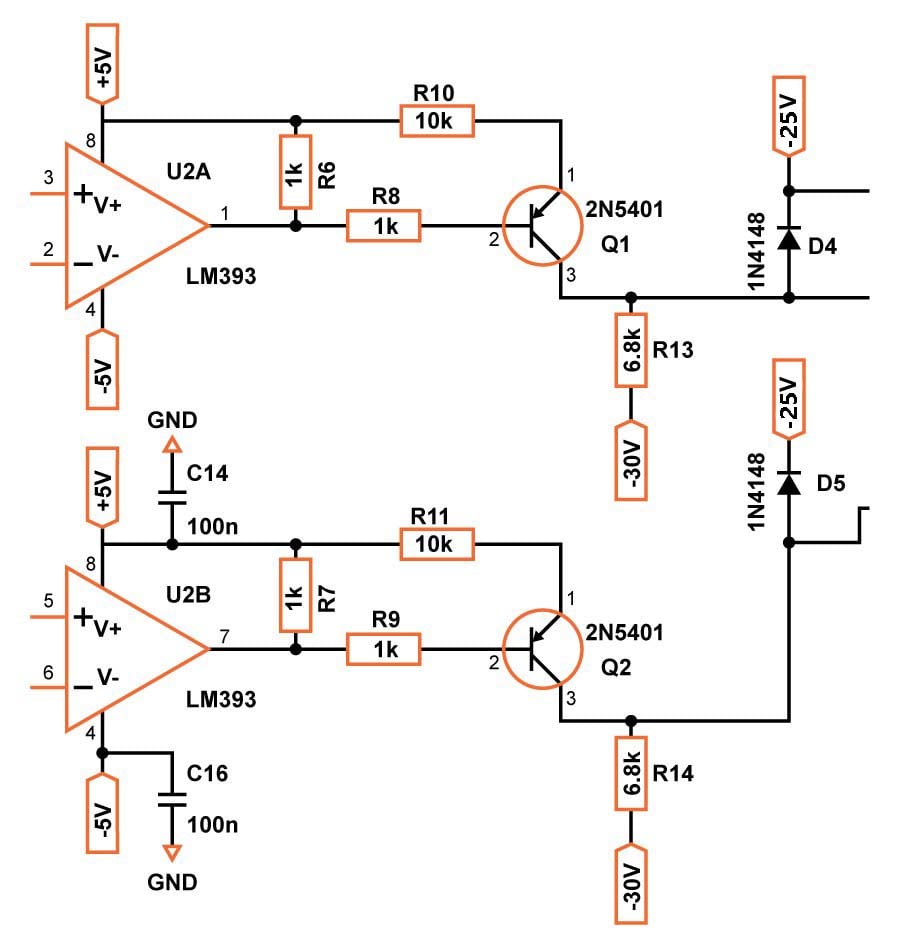



Typically, peak power is only 1 dB higher than continuous power, and depends on peak duration. According to Crown's chief amplifier engineer, Gerald Stanley, amplifier continuous power and amplifier peak power are nearly the same.The recommended power allows for signal peaks of 6 dB for rock music that is highly limited or compressed.Actually the peaks might be as high as 25 dB, but we're allowing for some inaudible short-term clipping. The recommended power allows for signal peaks of 10 dB for folk, jazz and pop music.Typical loudspeaker sensitivity is 85 dB SPL/W/m for home stereos, 95 dB SPL/W/m for small PA speakers, 100-105 dB for medium PA speakers, and 110 dB for large PA speakers.In compiling this list, we made the following assumptions: Each application has a range of power based on the desired loudness and the typical loudspeaker sensitivity. The list below recommends the total amplifier power needed for several applications. Loudspeakers with high sensitivity need less power than loudspeakers with low sensitivity. Basically, the louder the sound system and the bigger the room, the more power is required. This section will suggest how big a power amplifier you need to fill a venue with loud, clear sound. So stay with 1.6 to 2.5 times the speaker's continuous power rating. Clipping can damage speakers due to overheating. If you use much less power, youll probably turn up the amp until it clips, trying to make the speaker loud enough. If you use much more power, you are likely to damage the speaker by forcing the speaker cone to its limits. To handle heavy metal/grunge, the amplifier's 4-ohm power should be 2.5 x 100 W or 250 W continuous per channel. If you are playing light dance music, the amplifier's 4-ohm power should be 1.6 x 100 W or 160 W continuous per channel. Suppose the impedance of your speaker is 4 ohms, and its Continuous Power Handling is 100 W. The amplifier power must be rated for the impedance of the loudspeaker (2, 4, 8 or 16 ohms). If you are doing heavy metal/grunge, try 2.5 times the Continuous Power rating per channel. If you are mainly doing light dance music or voice, we recommend that the amplifier power be 1.6 times the Continuous Power rating per channel.
#Audio power amplifier design full#
In this case there is no headroom for peaks, so youll have to drive the speaker at less than its full rated power if you want to avoid distortion. That way the speaker wont be damaged if the amp clips by overdriving its input. If you cant keep the power amp from clipping (say, you have no limiter and the system is overdriven or goes into feedback) the amplifier power should equal the speakers continuous power rating. Speakers are built to handle those short-term peaks. This allows 3 to 6 dB of headroom for peaks in the audio signal. If you can prevent the power amp from clipping (by using a limiter), use a power amp that supplies 2 to 4 times the speakers continuous power rating per channel. It might be called IEC rating or Power capacity. Next, look for the loudspeaker specification called Continuous Power Handling or Continuous Power Rating. You can determine this by looking at the speaker's data sheet. Do you want to achieve a certain loudness in a certain venue? If so, skip to the section called Power vs. Do you want to power some loudspeakers so they play as loud as possible without burning out? If so, all you need to read is the section below. Which amplifier should I get?Īt Crown, we often are asked similar questions, and this article will provide some answers.įirst, define your goal. I want to play them as loud as they can get without blowing them up. Our rock group will be playing in a 2000-seat concert hall.


 0 kommentar(er)
0 kommentar(er)
